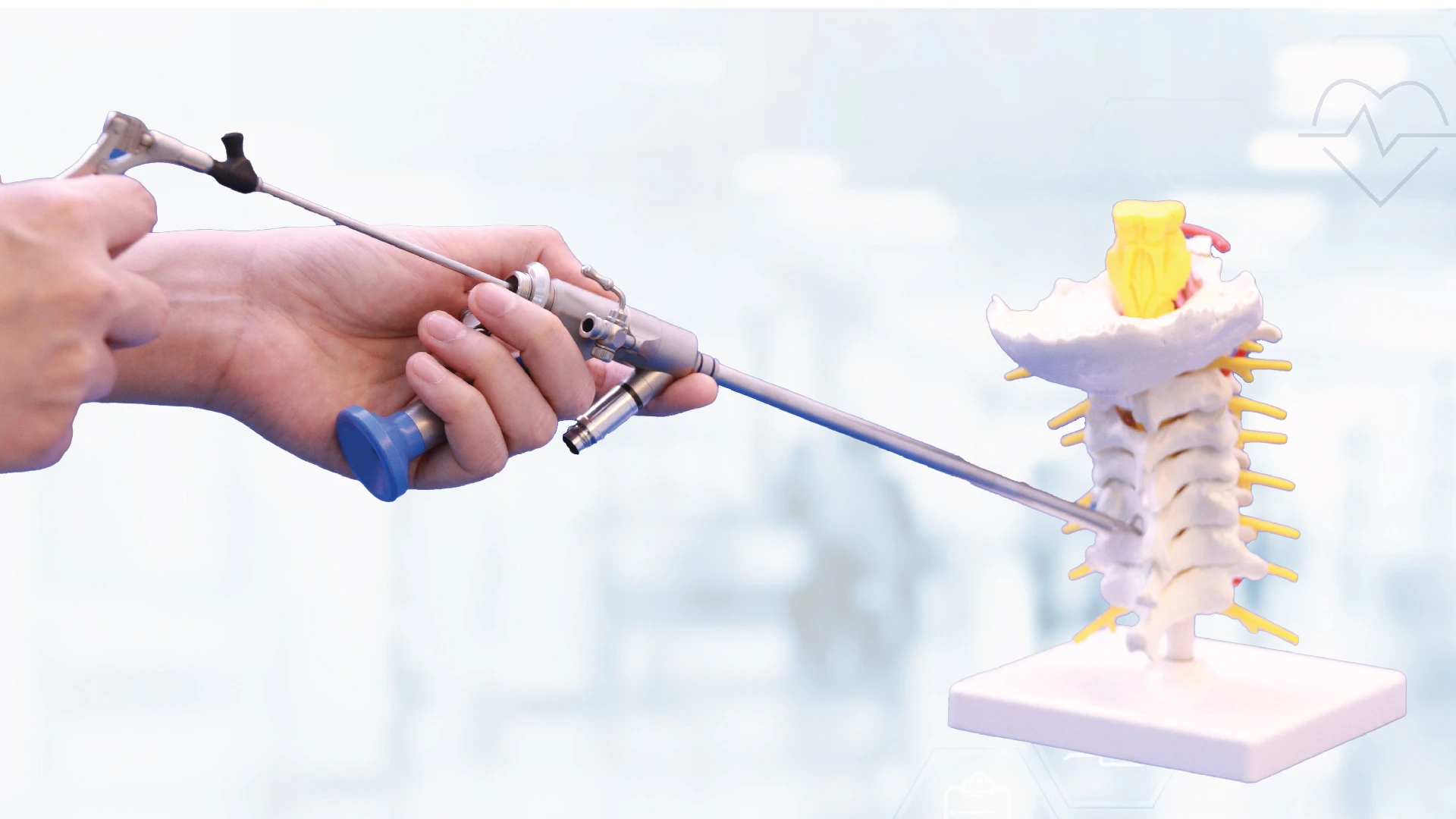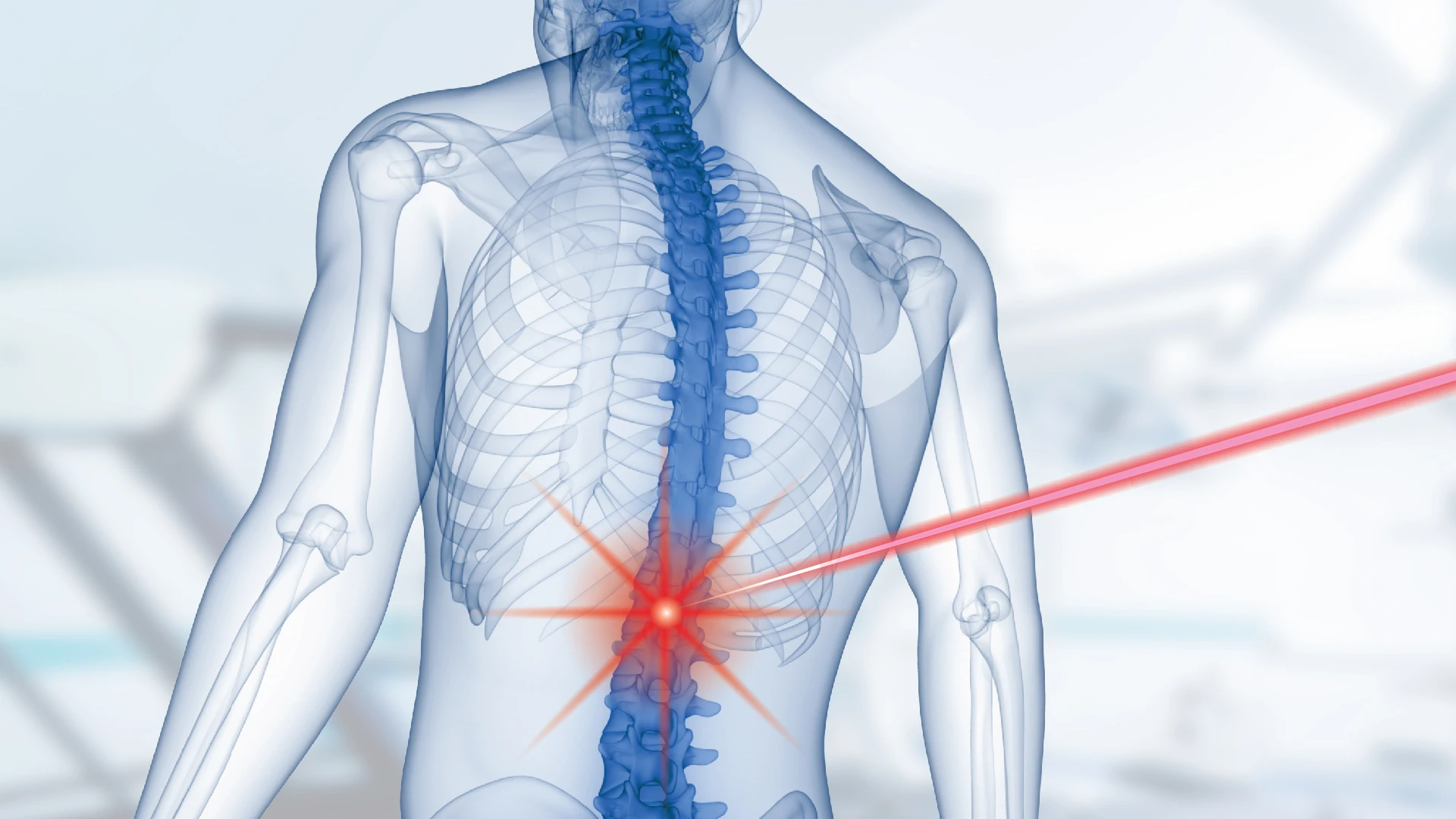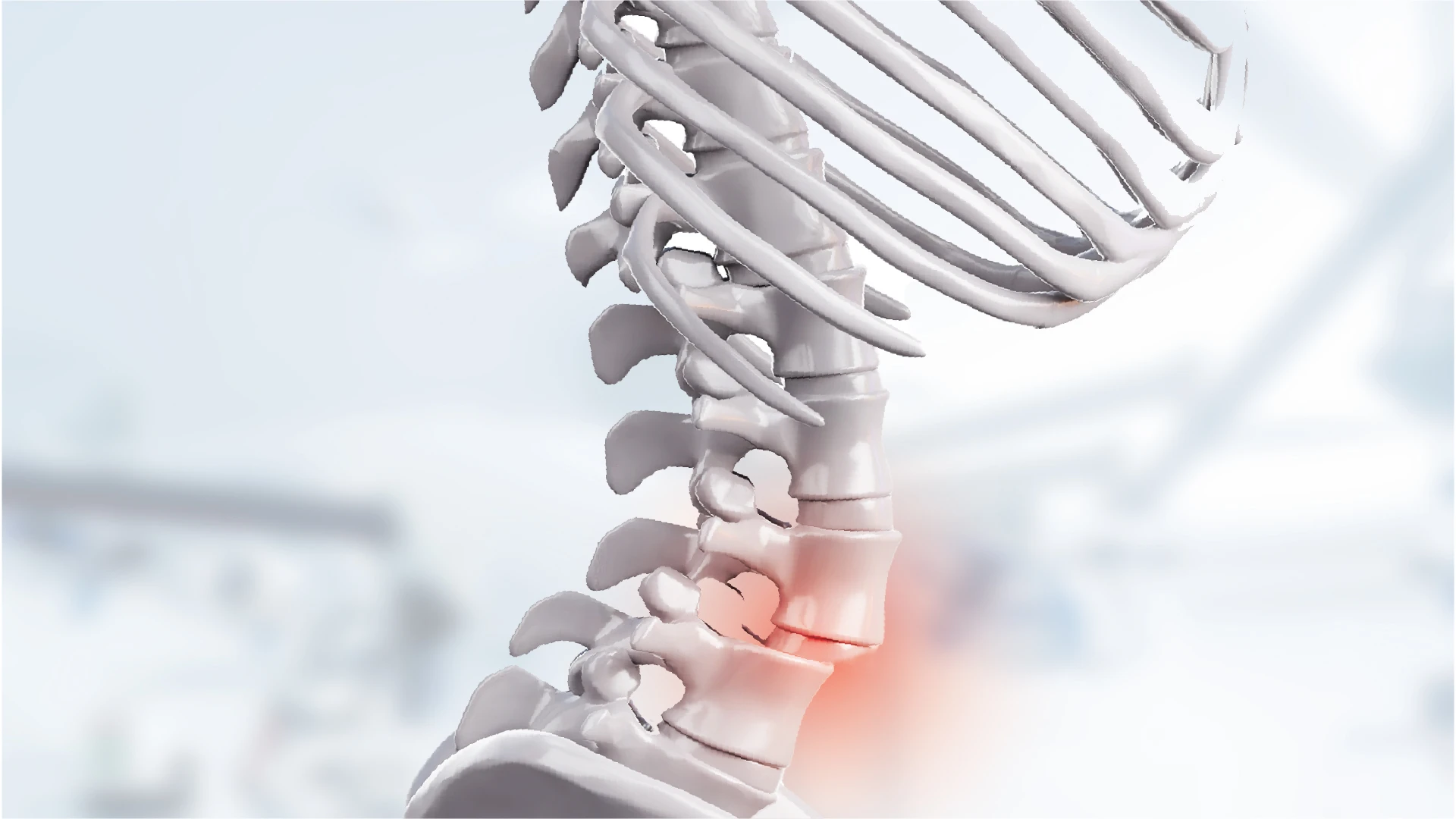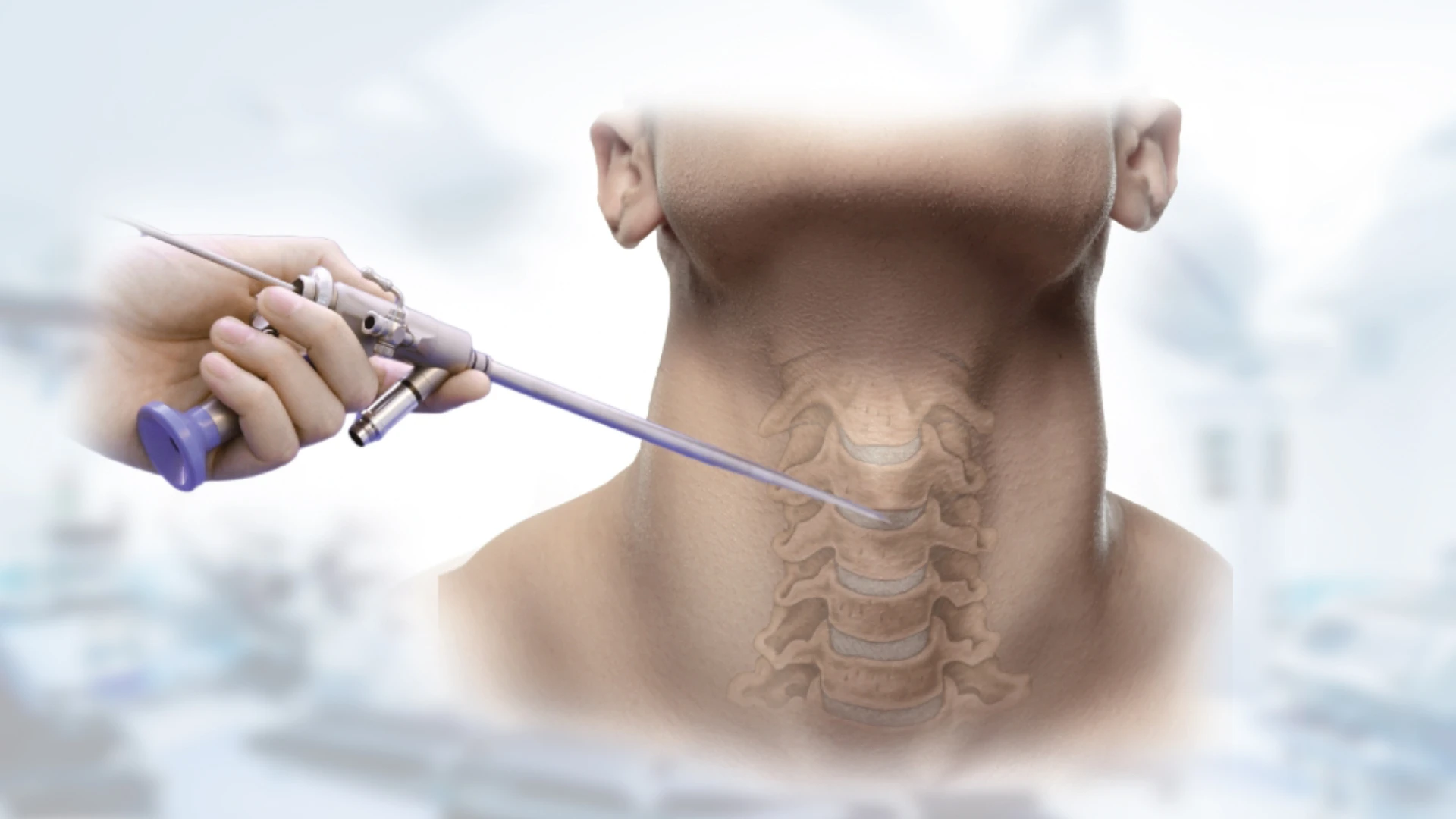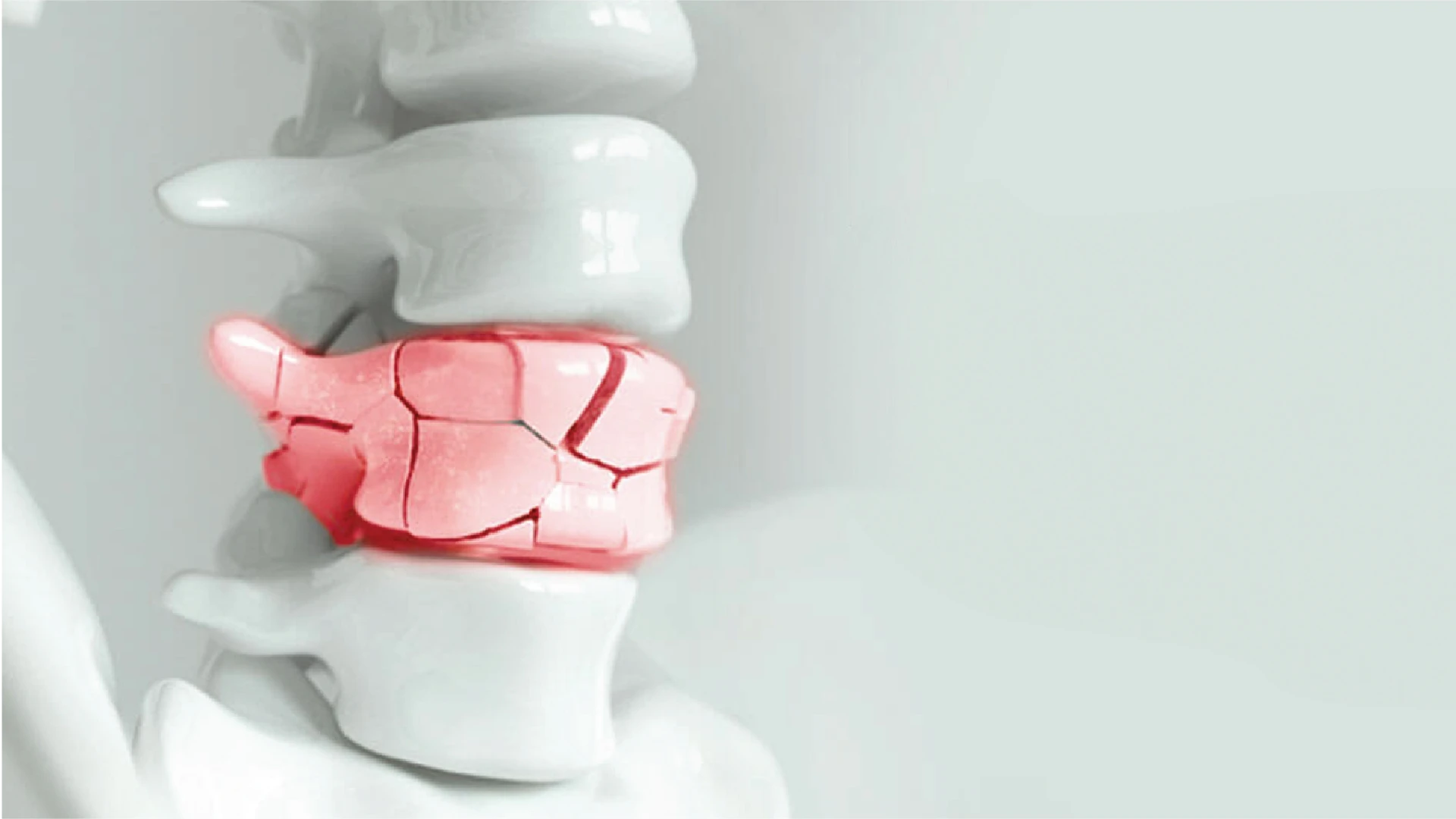

Can a Strong Neck Impact Cause a Herniated Disc?
Spinal Treatment and Care

The Story of Khun Phueng: An Accident That Led to a Herniated Disc
The Story of Khun Phueng: An Accident That Led to a Herniated Disc
Accidents involving strong impacts can indeed cause a herniated disc. This is a risk that physicians often warn about, though many people may overlook it. In this case, despite wearing a helmet and taking safety precautions, Khun Phueng still experienced a traumatic injury.
“I fell several times, in every way possible… but there was one fall where I landed flat on my back with such force. Even with a helmet, I could feel my head jolt and my neck snap—I'm quite sure that’s when it started.”
The Onset of Pain
Khun Phueng recalls what she describes as one of the lowest points of her life. As a dedicated office worker who had once suffered from back pain seven years earlier, she had since become more disciplined in self-care. That earlier episode wasn't severe enough to disrupt her daily life, but she had learned to avoid risky activities and had recovered well.
However, an unexpected turning point came during what was supposed to be a joyful time—a year-end ski trip with loved ones. Despite never having skied before, she gave it a try and ended up falling hard, flat on her back.
Although she wore a helmet, she felt her head whip back so forcefully that her neck snapped. That, she believes, was the beginning of her neck pain.
When Pain Becomes a Part of Life
After returning from the trip, Khun Phueng began noticing persistent neck pain. “My neck kept hurting—sitting at work was painful, sleeping was uncomfortable, and even the smallest tasks became difficult,” she said, her voice and expression showing the weariness from the worsening pain.
Fear and Radiating Pain Down the Arm
“It wasn’t just soreness. The pain radiated down my arm, made it weak, and I couldn’t even lift it… I was really scared—scared that my body would never be the same again.”
Her eyes clearly reflected that fear. What made her realize this wasn’t just ordinary pain was waking up in the middle of the night, while still lying on a pillow, and discovering her right arm was numb and completely powerless.
When Pain Forces Life to a Halt
She sought medical help to check for spinal abnormalities. “When the doctor heard I had gone skiing, they ordered an X-ray—but it didn’t show any fractures or degeneration.”
But the diagnosis didn’t bring relief. Despite trying medications and multiple rounds of physical therapy, her pain persisted.
“I just couldn’t take it anymore—it was 8 out of 10 on the pain scale. I couldn’t walk, stand, or even sit. Everything came to a halt. The pain was unbearable. I couldn’t imagine enduring it for another 2 or 3 months.”
The Way Back to a Pain-Free Life
At that point, she began exploring treatment options and discovered this hospital, known for its advanced, fast-recovery technologies. She made the decision right away.
“The doctor conducted a thorough examination and explained that I had a mild herniated disc. He recommended a laser treatment.”
Returning to a Normal Life
On the day of the procedure, Khun Phueng said she felt both nervous and excited. But what she remembers most vividly is—
“After leaving the operating room, the first thing I did was stand up and ask myself, ‘Does it still hurt?’ And it didn’t. It felt so light—almost 100% pain-free.”
She smiled widely for the first time during the interview, her eyes gleaming. There was no more pain, no numbness. She clenched her fist to show that she was completely recovered—and with that, her happiness returned.
She concluded by expressing how impressed she was by the hospital’s specialized care and cutting-edge technology, affirming that if she ever faced spine or joint problems again, this would be her first choice.


Play Video
Related Services

No. 2102/9 Ladprao Road, Wang Thonglang Subdistrict, Wang Thonglang District, Bangkok 10310
Call : 02-034-0808Our Services
Quick Menu
Copyright © 2025 S Spine and Joint Hospital. All right reserved


